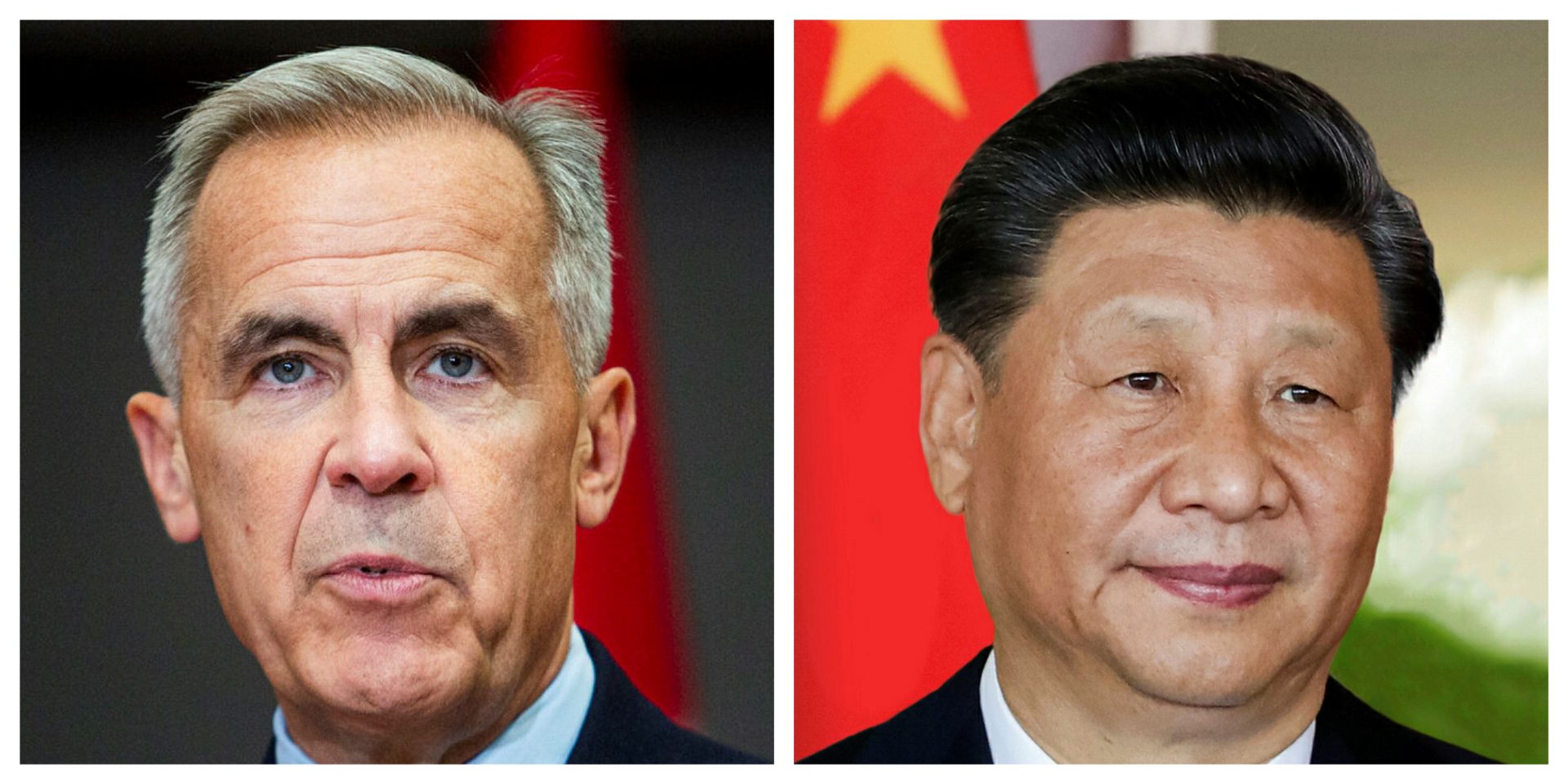- cross-posted to:
- world@lemmy.world
- cross-posted to:
- world@lemmy.world
Op-ed by Vina Nadjibulla is the vice-president of research and strategy at the Asia Pacific Foundation of Canada.
Last week, China’s ambassador to Canada bluntly declared that Beijing would lift its tariffs on Canadian canola if Ottawa removed tariffs on Chinese electric vehicles. What was once coercion by stealth is now coercion in plain sight. The message was no surprise—everyone understood that canola tariffs were leverage to pressure Ottawa on EVs—but the timing was telling. It came just as China escalated its trade war with the United States through sweeping export controls on rare earths and critical minerals, while Washington doubled down with threats of additional 100-per-cent tariffs on Chinese imports.
…
For much of the past two decades, Canadian policy toward China was driven by commercial optimism—an assumption that access to China’s vast market could be pursued safely within the bounds of international rules and multilateral institutions. That world no longer exists. Beijing’s industrial strategy—built on state subsidies, export surpluses, currency manipulation, and protection of domestic champions—has tilted the global playing field so sharply that further integration with China now poses real risks to Canada’s competitiveness and prosperity.
…
This is especially true in critical minerals, green technologies, semiconductors, artificial intelligence, and research collaboration—areas Beijing explicitly defines as part of its national industrial and security strategy. China’s tactics in these sectors are designed to absorb innovation abroad, strengthen self-reliance, and ensure others’ dependence. Through policies like Made in China 2025, Beijing pursues self-sufficiency at home—from wafers to battery cells—while using scale, subsidies, and control of upstream inputs to make others reliant on Chinese supply. The result is Beijing’s accumulation of leverage and choke points in rare earths, graphite, gallium, solar panels, battery materials, and critical minerals processing.
This is not just industrial policy; it is a dependency strategy that turns supply chains into instruments of state power. Canada’s response must be to strengthen its domestic capabilities and deepen relations with trusted allies and partners—not expand trade and technological entanglement with a systemic competitor. Building parallel supply chains with allies, rather than hoping for Chinese restraint, is the only sustainable path to resilience.
…
We [Canada] should focus on expanding trade and investment ties with Japan, South Korea, Australia, India, the European Union, and trusted Association of Southeast Asian Nations partners. But diversification will remain out of reach without building domestic competitiveness. Rebuilding domestic competitiveness and resilience requires a modern industrial strategy—one that does not solely rely on subsidies—but prioritizes building productive ecosystems and infrastructure, scales skills and technology, streamlines the regulatory environment, and deploys smart public financing to keep and build manufacturing and processing capacity in Canada.
Canada also needs stronger tools of statecraft for a world where global rules and norms are no longer enough: tighter investment screening, robust research-security guidelines, leading cybersecurity capacity, export controls co-ordinated with allies, and an enforceable foreign-interference transparency regime. Finally, none of this will work without sustained public outreach and deeper China competence across government, business, and civil society to build awareness and resilience.
In this age of great-power competition, the goal is not to contain China but to contain our vulnerability to the Chinese Communist Party. The sooner Canada acts on that understanding, the better prepared we will be for the shocks to come.



The unintentionally hilarious irony of writing this
on a topic where Canada imposed 100% tariffs that are not supported by data and are just a protectionist trade war tactic that violates free trade principles and WTO rules.
Edit: Also, anyone reading this should be aware that the author is Michael Kovrig’s spouse and should factor that into consideration of her biases.
?
You are -again- accusing others of biases while making unfounded claims with no supporting data and conveying always the same distorted narratives. We should take rather your biases into consideration, no?
Yeah, these were not data-driven policies. The EU did take a data-driven approach. They did a study of the subsidies being provided to Chinese EVs and assessed countervailing tariffs at much lower rates as determined by the findings of their investigations, in accordance with WTO rules. Canada did not do this. We just aligned policy with the Biden admin and went straight to 100%, which is not in accordance with WTO rules. It is clear protectionism.
As for biases, I can assure you my spouse was not imprisoned by China, Canada, or anyone else for two years for engagement in espionage as part of a major breakdown of relations between the two countries that has defined the relationship over most of the last 10 years. I don’t have any financial interests in selling anyone services related to this topic either.
Oh, I’m also not a sock puppet.
You are what is called a wumao.